In celebration of the light dusting of snow Virginia Beach received last Saturday, I give you another lyrical science piece written during a beautiful snowstorm in Montreal last year. Enjoy.
As snowflakes gently float down from above, lightly dusting the ground below, one might wonder what magic lies behind these intricate shapes. Snow and rain falls generally occur after a warmer period; water molecules evaporate and condense in the sky gathering together to form the fluffy white clouds. As they dance upon the wind, these molecules will encounter other particles like dust, bacteria, and other water molecules with which they shall form bonds and, if the temperature is low enough, they will crystallize.
Water takes on a hexagonal conformation in its crystalline state and additional molecules will adhere in a six sided fashion creating the characteristic snowflake shape. When their combined weight exceeds the elevating strength of the wind, they tumble through the air masses towards the earth. If the air temperature remains cold throughout their descent, the crystals will remain, if not, they shall return to liquid or semi-liquid form.
As snow falls gently upon your bundled up form, dimming sounds and prompting the appearance of a healthy glow on exposed areas, take a moment to observe the intricate beauty of their translucent shapes. You should rejoice and be amazed by the abundance of shapes, sizes and patterns, a vivid testimony to nature's creativity. The accumulation of their individuality upon the sleeping land appears as a blanket of downy whiteness to our eyes because of the light reflecting and refracting through their crystalline bodies. Rest assured that the light blue tinge, which freshly fallen snow sometime takes on, is not a trick of your mind,but is linked to the slight preference of the ice crystal lattice to absorb red light and refract blue. (Yellow snow is a whole other ball game.)
In the past years, the snow fall and accumulation has diminished and has been replaced with increasing rain and sleet. Knowledgeable scientists associate this reduction with the increasing heat capturing capacity of our atmosphere; crystals are still forming in the sky but they cannot maintain their form on falling, to our greatest desolation when we awaken to a green and rainy Christmas morn. Bringing more meaning to the classic Christmas song "White Christmas" by Bing Crosby.
I'm dreaming of a white Christmas,
just like the ones I used to know...
Merry Christmas!
![Reblog this post [with Zemanta]](http://img.zemanta.com/reblog_e.png?x-id=87c9431e-bb6d-4259-b747-0c8b946e07e6)

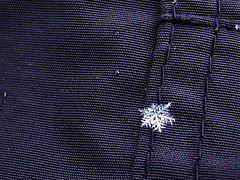
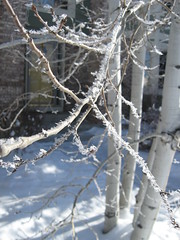

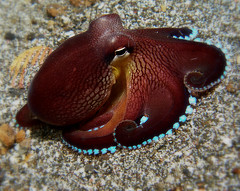


![Reblog this post [with Zemanta]](http://img.zemanta.com/reblog_e.png?x-id=0927d87c-0222-47f3-acf7-0b77e2e73c0d)








![Reblog this post [with Zemanta]](http://img.zemanta.com/reblog_e.png?x-id=bb1d1b29-2928-4853-8671-8f16f6bf8357)





![Reblog this post [with Zemanta]](http://img.zemanta.com/reblog_e.png?x-id=44fbba67-1c22-4454-8c76-b2335c86dec6)
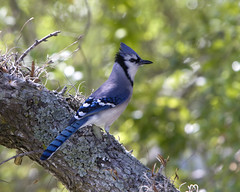
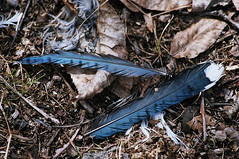

![Reblog this post [with Zemanta]](http://img.zemanta.com/reblog_e.png?x-id=2b6d8f16-f967-43ec-8bb8-5c12c51b87d9)




![Reblog this post [with Zemanta]](http://img.zemanta.com/reblog_e.png?x-id=47c7dc0b-bf6b-449e-a372-4545d2455bd3)









![Reblog this post [with Zemanta]](http://img.zemanta.com/reblog_e.png?x-id=6622ee68-9ccf-430e-a61c-c84580795de1)



